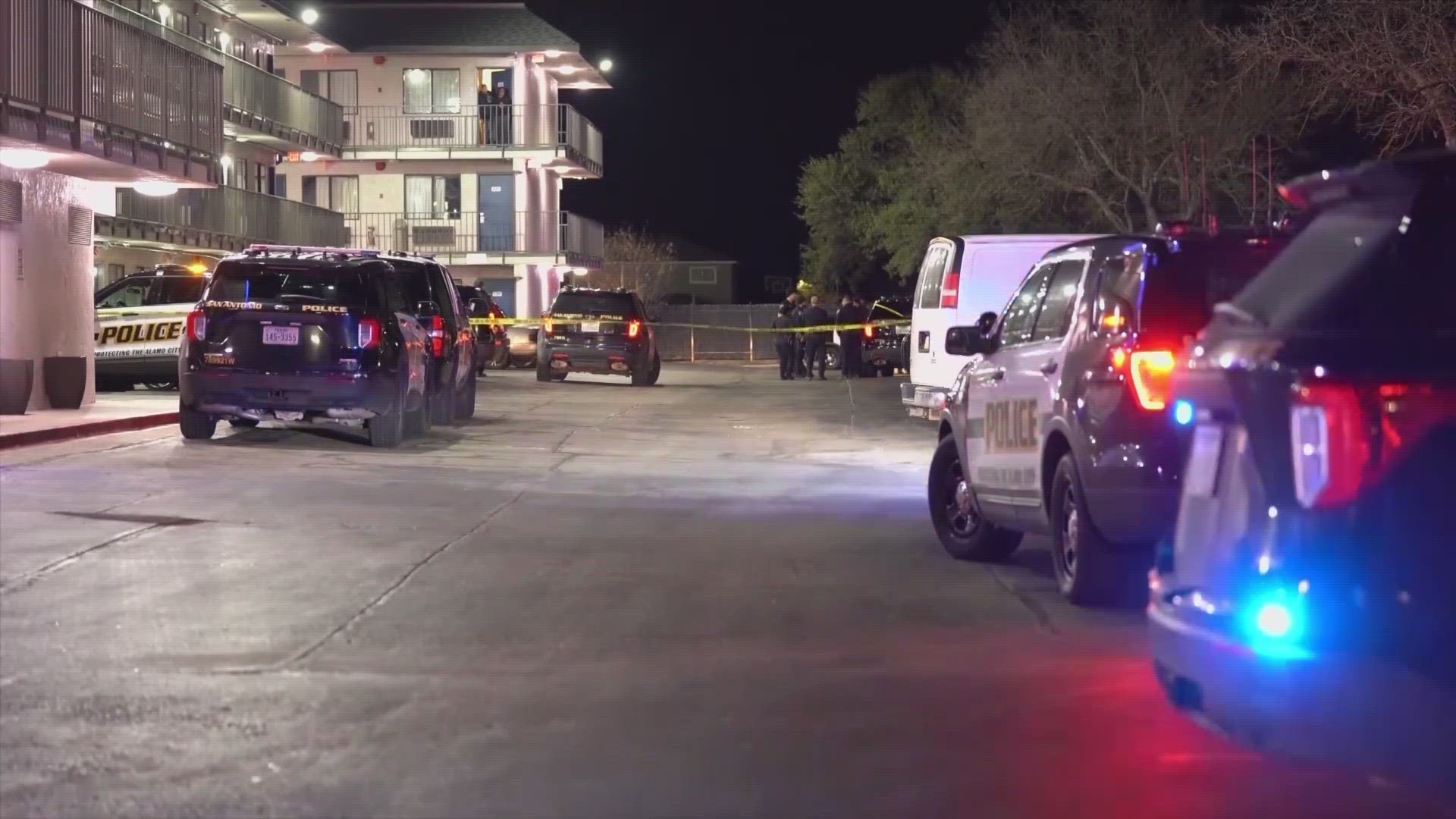SAN ANTONIO — A partnership between UTSA and SAPD to reduce violent crime appears to be working, according to the latest review.
The department started implementing the research-based plan in January.
“The first six months of 2023, compared to the first six months of 2022, violent crimes, violent street crime is down about 13 percent city wide,” UTSA Criminology and Criminal Justice Professor Michael Smith said.
Since January, six researchers at the university have been helping SAPD implement the San Antonio Violent Crime Reduction Plan. So far, the department has only adopted one part of the three-part plan.
“It’s been shown to be very, very successful,” Police Chief William McManus said.
Tuesday night, the police chief spoke at District 10 public safety town hall, explaining that crime is down because of the plan that he was once skeptical of.
But he said after seeing the research gathered by UTSA researcher and professor, Michael Smith, he was sold.
“All of his studies on whether this initiative works or not, there all evidence based and you can’t argue with it,” McManus said.
The plan consists of three primary strategies. The first increased police presence in 28 hot spot areas or areas with a high rate of violent crimes. Police have been spending 15 minutes during peak-crime times, parked in these hot spots with their lights on.
The hot spots are changed up based off crime trends. SAPD would not release the locations of the current hot spots out of safety concerns of its officers.
Smith said the six-month review indicates the first phase is working.
“It is down substantially in our treated hot spots, to the extent of about 42 percent,” Smith said.
But he said the hot spot strategy alone won’t solve San Antonio’s crime problem.
“It’s a foundational strategy that helps kind of lower the temperature of violence in the city while some of the mid and long-term strategies can be brought to bear,” Smith said.
He said right now the department is getting ready to move into phase two. It focuses on identifying contributing factors of these crime-ridden areas and working with various city departments to address them. Them, the third phase will focus on high-risk repeat offenders.
Smith and McManus said they are confident they will continue to see positive results.
“It’s hard to argue with success,” Smith said.
The plan will take about three years to implement as is but could be expanded if needed.

